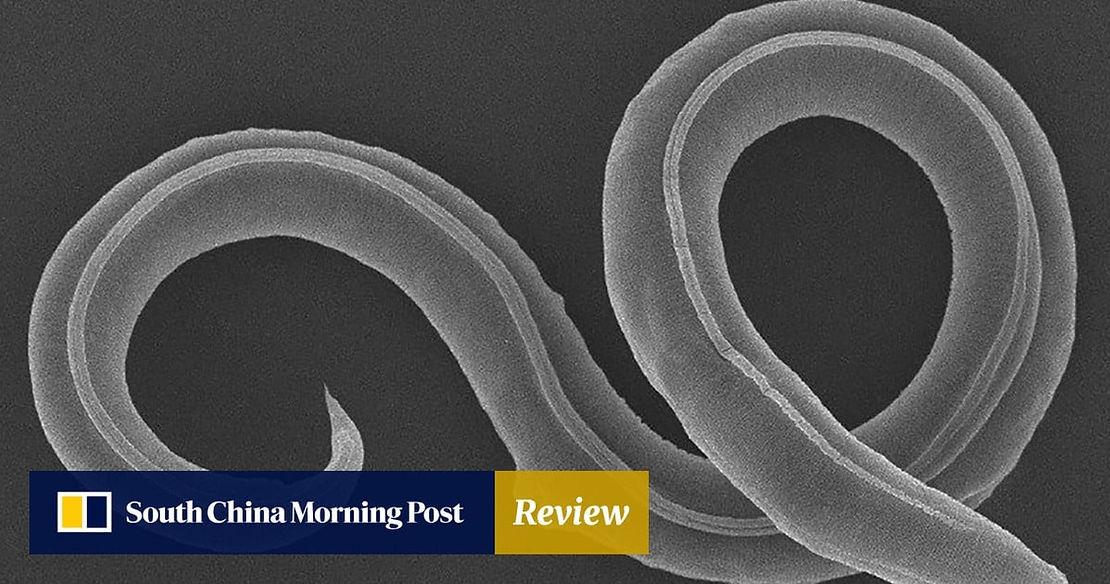By: Valentina Guo
In 2018, Anastasia Shatilovich, a scientist from the Institute of Physicochemical and Biological Problems in Soil Science RAS in Russia discovered frozen roundworms 40 meters deep in the ground in the Kolyma River at Siberia and defrosted them, and a female roundworm started having babies in a laboratory dish.
These worms are believed to have lived around the Pleistocene era, according to Sky News. This means that they’ve coexisted with wooly mammoths, giant elks, and saber-toothed tigers.
The unknown species was already extinct long ago, yet were not actually dead. They were just in a state known as cryptobiosis, a state where there’s absolutely no activity at all, in response to major changes in their environment.
Previously, scientists believed that these roundworms could only be in this state for around 40 years. But they’ve clearly been proven wrong.
“It’s kind of super fascinating finally to suddenly see life, living animals crawling out of a piece of soil that has been deep frozen for 46,000 years.” Dr. Philipp Schiffer, a scientist from the University of Cologne said to CBS News.
The worms were revived when scientists put them in water, wrote The New York Times.
The scientists have been trying to figure out how these prehistoric roundworms were in this state for so long. “That it could be reanimated after 46,000 years left me absolutely flabbergasted.” “It is rather like the fairy tale of Sleeping Beauty, but over a far longer period.”
“The worms were revived by being given food and water.”, wrote Sky News.
“No nematodes had been known to achieve such a dormant state for thousands of years at a time, Teymuras Kurzchalia, a professor emeritus at the institute who was involved in the study, said on Saturday.” said The New York Times.
Not only is this discovery surprising, but it may have benefits as well. These worms revealed to us that extreme changes in temperature and climate change can be survived, and climate change is a big problem in our world right now. Scientists have identified the genes that allow these unique creatures to stay alive but frozen for such an amount of time. According to The New York Times, “The same genes were found in a contemporary nematode called Caenorhabditis elegans, which can also achieve cryptobiosis.”
“The major take-home message or summary of this discovery is that it is, in principle, possible to stop life for more or less an indefinite time and then restart it,” Dr. Kurzchalia said.
The two worms that have been revived have since died , but have reproduced enough to keep the species alive for a long time.











